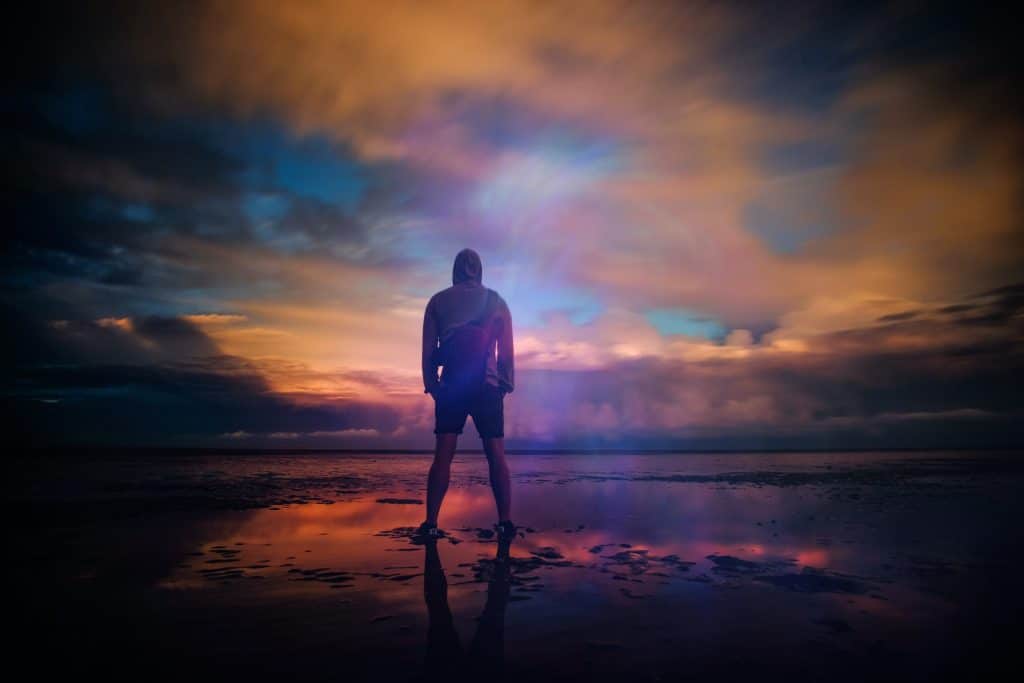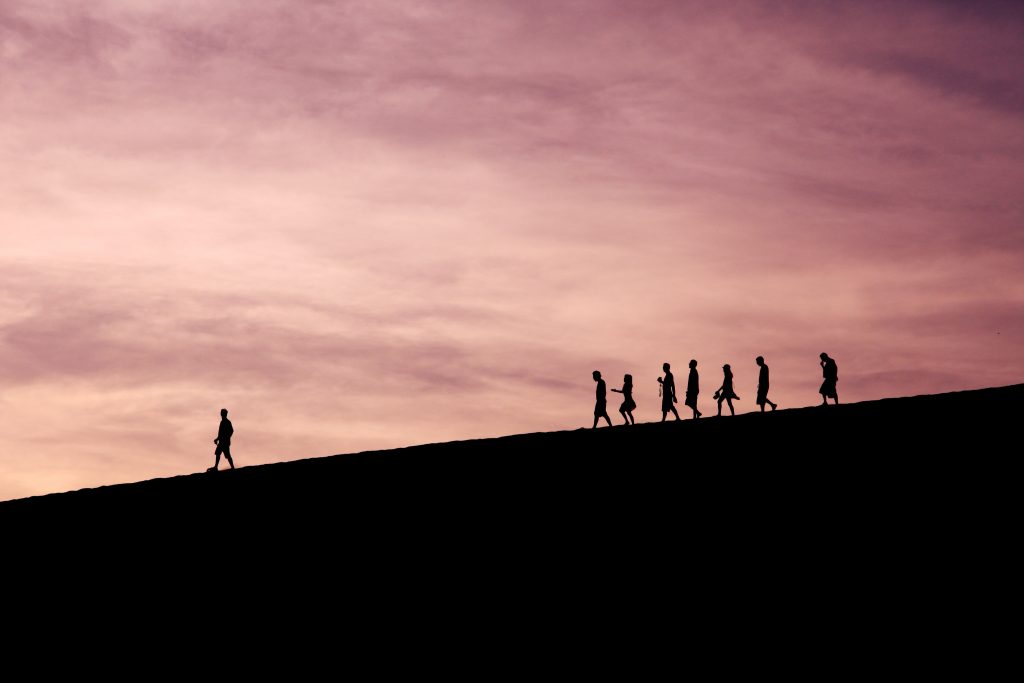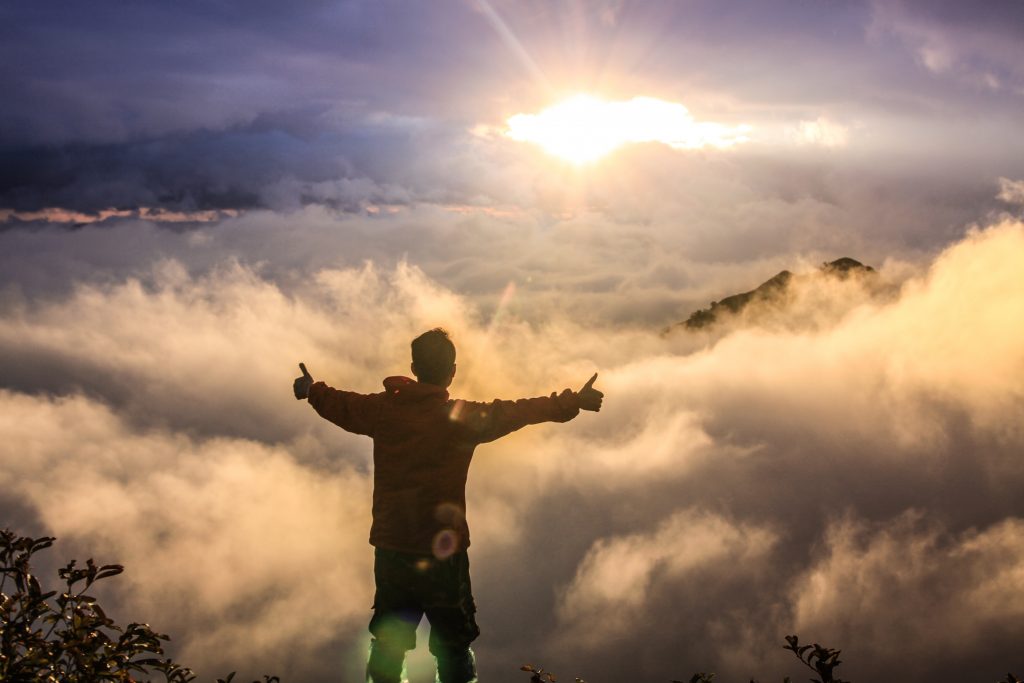Like every month, June had its fair share of challenges for brands, but three things stood out for me – and they all involved backlashes.
Brands backing down in the face of hate-fuelled backlashes
Rainbow washing is a term that cropped up frequently in the news in June. Several big organisations were accused of using the awareness month for marketing purposes rather than genuinely wanting to support change and advancement for the LGBTQA+ community.
One of the main indicators of a brand that’s not serious in its commitment to the community is the speed at which they back down when facing a backlash. We saw it with Bud Light, and we saw it again with organisations like Oxfam (which deleted a video celebrating Pride), The British Library (which deleted a Twitter thread about fish that change gender) and the US Navy, which started the month by posting celebratory posts to Twitter and Instagram before deleting them.
As Tamara said at the start of June, brands must stand by their inclusive values during Pride and throughout the year. Sometimes this means having to manage a backlash, and that’s something that can be practised rather than panicked over.
It means not backing down and removing inclusive content or campaigns. The more often brands give in to hate; the more people will feel that a hate-fuelled backlash is an effective way to silence and isolate minority communities.
Creator backlash causes Twitch to rethink
Twitch announced new branded content guidelines, limiting creators’ ability to have direct relationships with brands. Screenshots of the new guidelines spread across social media, with big influencers amplifying them and giving their reactions on their social channels. Many started streaming on their YouTube channels in protest of the new guidelines.
Twitch responded to the backlash, apologising for the confusion caused and promising to rewrite the guidelines (which it said related to third-party ad networks selling burned-in video and display ads and not to the influencer-brand relationship).
But, a day later, Twitch posted that the guidelines were bad for Twitch streamers and would be removing them immediately – which many felt suggested that the guidelines were targeted at creators.
Twitch needs to be mindful of its relationship with creators. It takes a fee of 50% for each subscriber to a Twitch channel, whereas YouTube only takes 30% – something many influencers mentioned when they switched to streaming on YouTube during the backlash.
In this case, the backlash was warranted, and Twitch needed to act quickly to reassure the creators it depends on.
Diablo 4’s always online woes
Diablo 4 is a multiplayer-only action role-playing game. While you can play the game solo, you must be online, as the game’s online components are essential.
This posed a problem in June.
The game launched on the 5th of June, costing the princely sum of $70 or £69.99. Two days later, one streamer got disconnected from the game servers while playing his level 100 character in hardcore mode. He’d spent a lot of time building his character to become the first player to complete the hardcore challenge – which meant never dying (or disconnecting, as the game also registers that as dying).
When he logged back in, the character was gone and unrecoverable. He would have to restart – but probably wouldn’t have won the challenge.
The video of the disconnect was shared far and wide, and the developer (Blizzard) responded by officially recognising the player’s achievement and promising to protect hardcore mode players from server disconnects killing their characters.
On the 16th of June, another hardcore mode player had his level 91 character (that he’d spent 172 hours on) die as the game crashed during a loading screen.
On the 25th of June, Diablo 4 players faced another online-related issue as the servers fell victim to a DDoS attack, causing connection issues over the weekend, which meant many people couldn’t play the game at all or kept getting booted out of the game.
Game publishers are keen to make games always online as it helps fight piracy and allows them to track players and monitor cheating. Of course, multiplayer games must be online to play with other people, but even single-player games are being shipped with an always-online requirement. If your internet goes down, so does your ability to play the game you’ve paid for – which is why this continues to be a bugbear for gamers. Diablo players continue to ask for a single-player mode that they can play offline.
This is one of those cases where the brand will probably just keep observing the backlash. Blizzard has decided it’s in its interest to make the game with an always-online requirement, and it’s probably accepted that players will continue to be upset about it. But it’s not that unusual to have this requirement, so there’s no real impetus to change it (apart from making tiny tweaks to make allowances for players completing challenges).
In each of these cases, brands need to manage the backlashes differently – from standing up to them for the anti-Pride ones to reversing changes in the case of Twitch and planning for long-term reputation management for the Diablo 4 player community.
June demonstrated that brands need to approach each backlash with a different strategy or risk making things worse.
–
Featured photo by Zoltan Tasi on Unsplash





